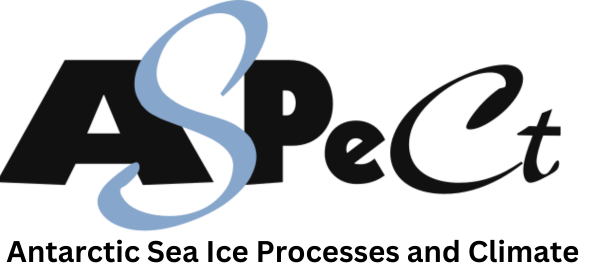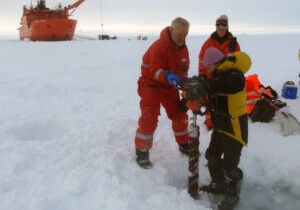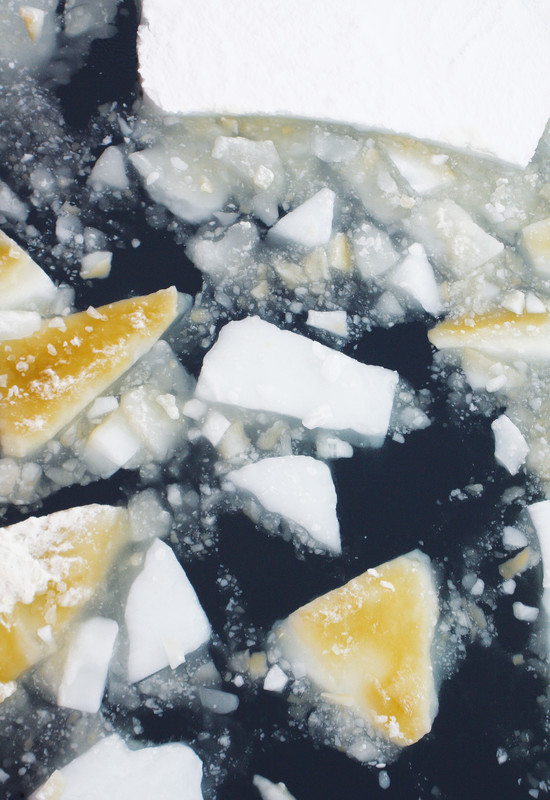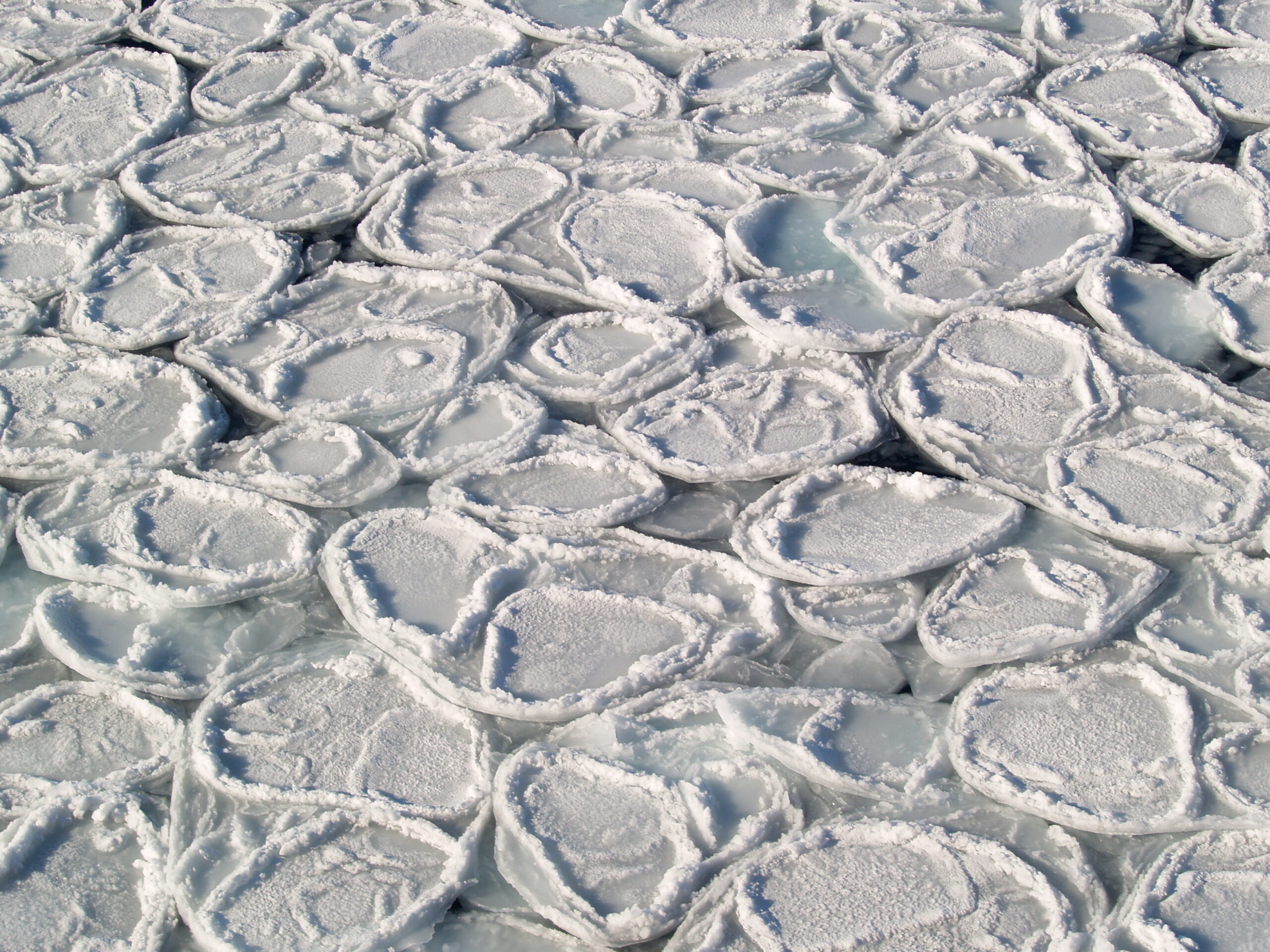ASPeCt in situ measurement protocol and datasheets: Measurements along a transect including advice on sampling design, the selection of one or more transect lines and the measurements and records to be collected.
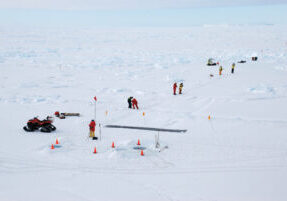
Best Practices for sea-ice research: Coming soon. This manual is currently being developed by our best field scientists and will be posted here as soon as it has been endorsed.
Observations of sea ice are a crucial aspect of the ASPeCt program. These observations serve as the foundation for constructing a climatology of sea ice, detailing its characteristics and variability over space and time. Here's an overview of observation techniques used by ASPeCt.
